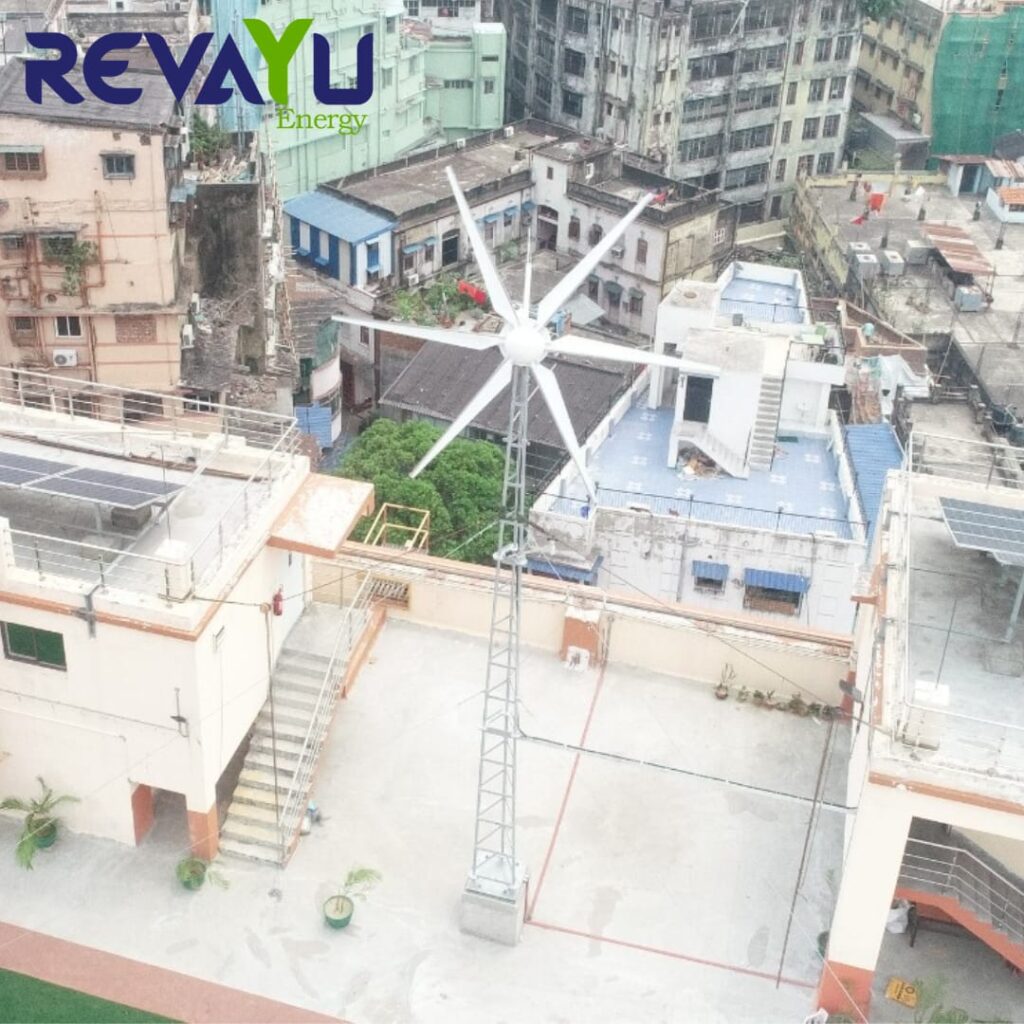
Introduction:
In the quest for sustainable and renewable energy sources, small wind energy systems have emerged as a promising solution for decentralised power generation. As the world grapples with the challenges of climate change and the need for cleaner energy alternatives, the importance of harnessing the power of the wind cannot be overstated. In this blog post, we delve into the realm of small wind energy and explore its potential to revolutionise the way we generate power.
The Rise of Small Wind Energy:
Small wind energy systems, also known as residential wind turbines, are designed to capture the power of the wind and convert it into electricity for on-site use. Unlike large-scale wind farms, which are typically found in remote and open areas, small wind turbines are suitable for residential, commercial, and agricultural applications. These compact turbines offer a sustainable and reliable source of energy, making them an attractive option for those seeking to reduce their reliance on traditional grid power.
Benefits of Small Wind Energy:
- Renewable and Clean: Small wind energy systems produce electricity without emitting greenhouse gases or other pollutants, making them a clean and environmentally friendly energy source. By harnessing the power of the wind, users can significantly reduce their carbon footprint and contribute to a more sustainable future.
- Decentralized Power Generation: One of the key advantages of small wind energy systems is their ability to generate power on-site. This decentralization of power production reduces the need for long-distance electricity transmission and enhances energy resilience, especially in remote or off-grid locations.
- Cost Savings: As technology advances and the efficiency of small wind turbines improves, the cost of installation and maintenance has decreased. Homeowners and businesses can benefit from reduced electricity bills and, in some cases, even sell excess energy back to the grid through net metering programs.
- Adaptability: Small wind turbines come in various sizes and designs, making them adaptable to different environments and energy needs. Whether installed on rooftops, in rural areas, or on commercial properties, these systems can be tailored to suit the specific requirements of the user.
- Educational Opportunities: Embracing small wind energy can also serve as an educational opportunity. Schools, communities, and individuals can learn about the principles of renewable energy, fostering a greater understanding of sustainability and environmental stewardship.
Considerations for Small Wind Energy:
While small wind energy systems offer numerous benefits, it’s essential to consider factors such as wind resource availability, local regulations, and proper siting for optimal performance. Conducting a thorough site assessment and consulting with renewable energy professionals can help ensure the successful integration of small wind turbines into your energy strategy.
Conclusion:
Small wind energy represents a promising avenue for individuals, businesses, and communities to embrace sustainable power generation. As technology continues to advance, these compact turbines offer an increasingly viable and cost-effective solution for those seeking to harness the power of the wind and contribute to a cleaner, greener future. Embrace the breeze, and let small wind energy propel us towards a more sustainable and resilient energy landscape.


0 Comments